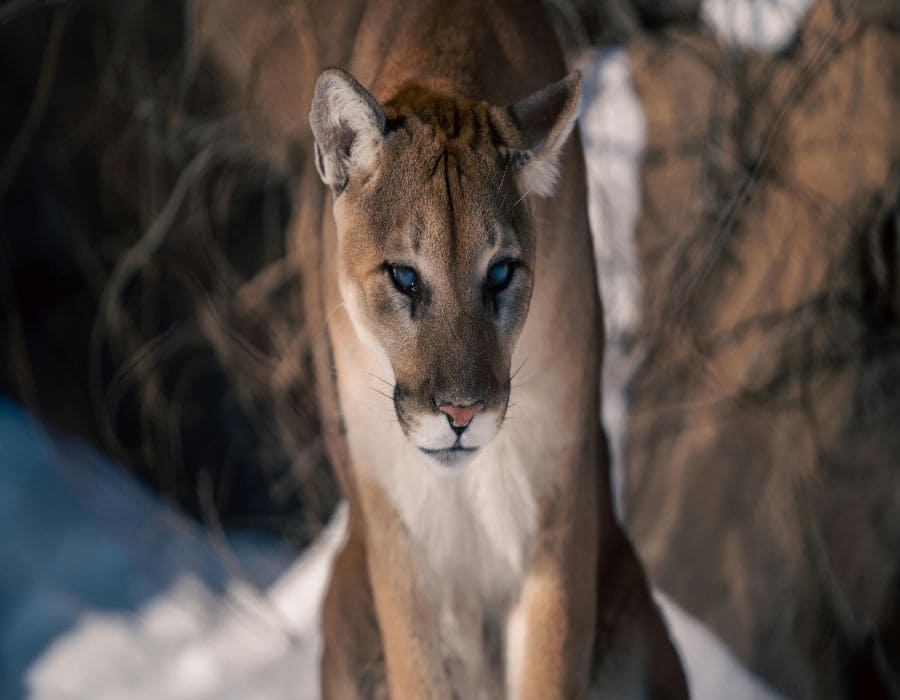13 Surprising Things You Didn’t Know About America’s Mountain Lions
They go by many names—puma, cougar, panther—but America’s mountain lion is one mysterious, muscular legend. Often heard but rarely seen, this stealthy predator roams more of the U.S. than you probably imagined.
With power, grace, and a knack for vanishing into thin air, mountain lions have captured both fear and fascination. But beyond the big-cat mystique, they’ve got plenty of surprising quirks hiding under that tawny coat.
They’re the ultimate introverts
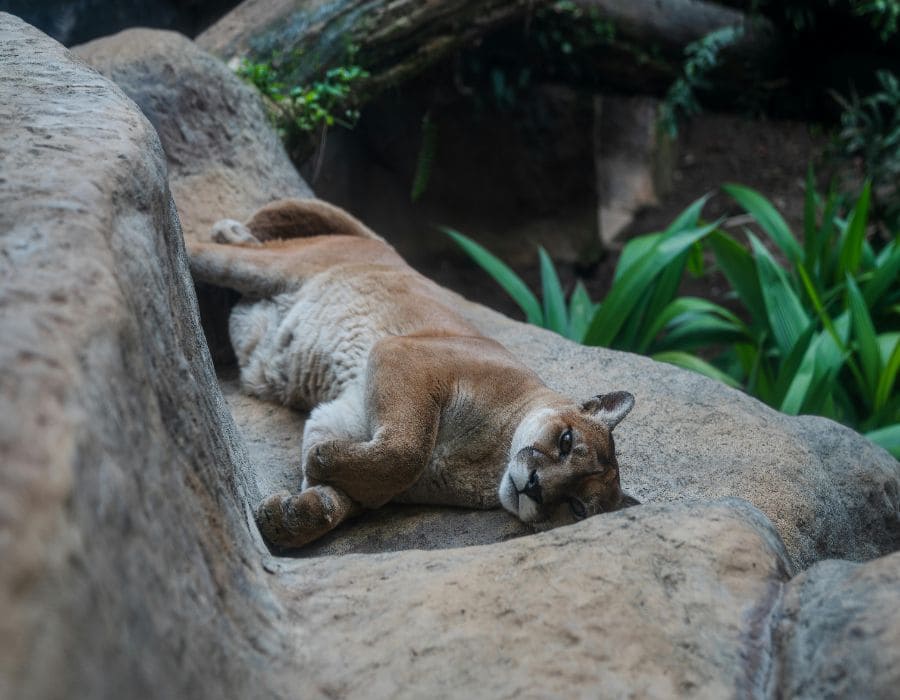
Mountain lions are incredibly shy and avoid humans like pros. Despite living near millions of people, they’re rarely spotted—making them one of the most elusive big cats on the continent.
They’ve got record-breaking range
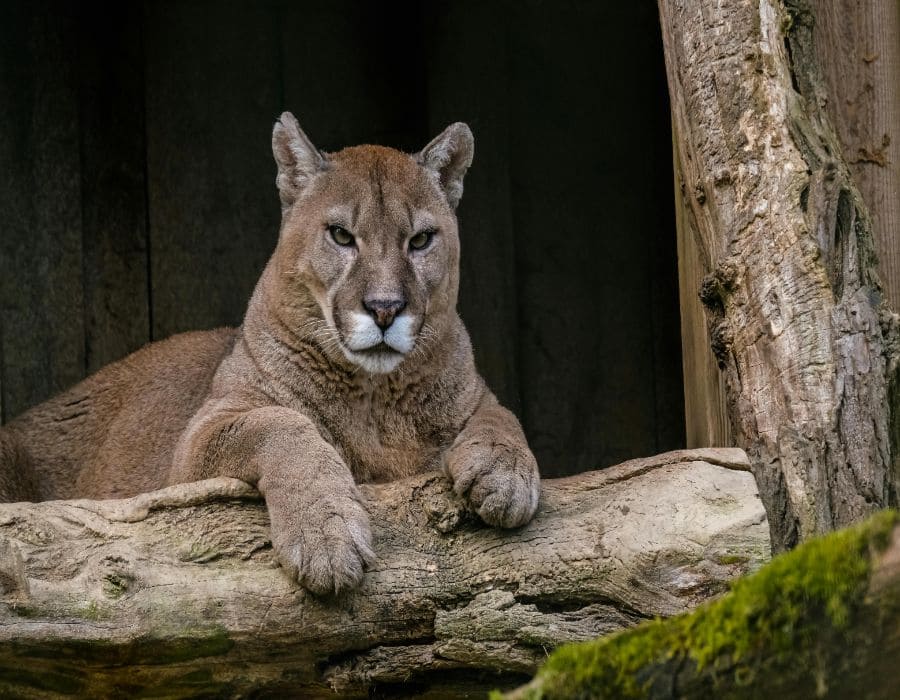
From Canada to South America, mountain lions boast the widest range of any wild cat in the Americas. In the U.S., they roam as far east as Florida and as far west as California’s coastal cliffs.
They’re built for the leap
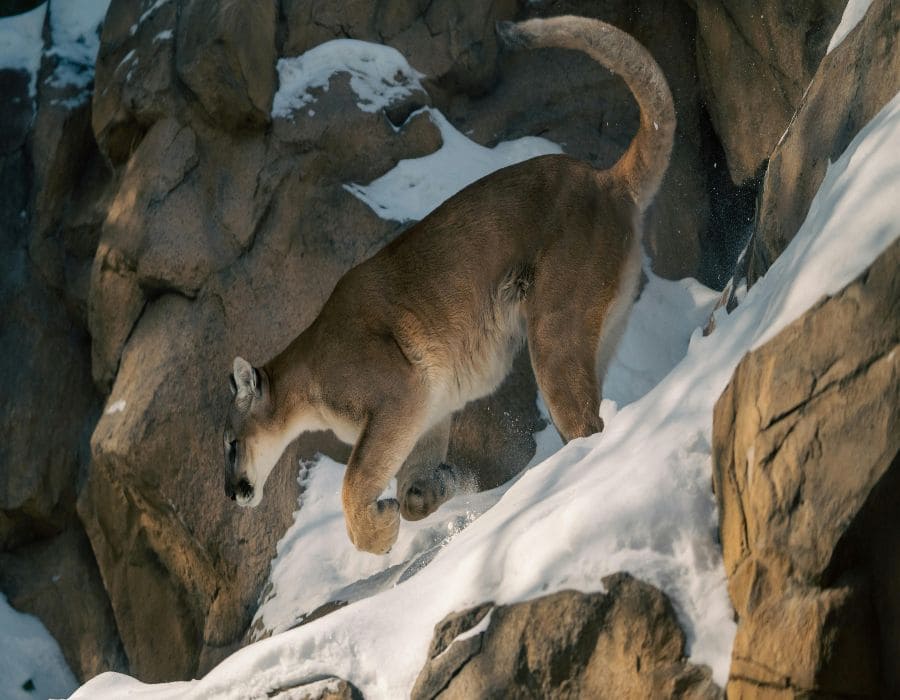
Mountain lions can leap up to 18 feet vertically and more than 40 feet horizontally. That’s like jumping over a giraffe—or your entire backyard—without breaking a sweat.
They don’t roar—they scream
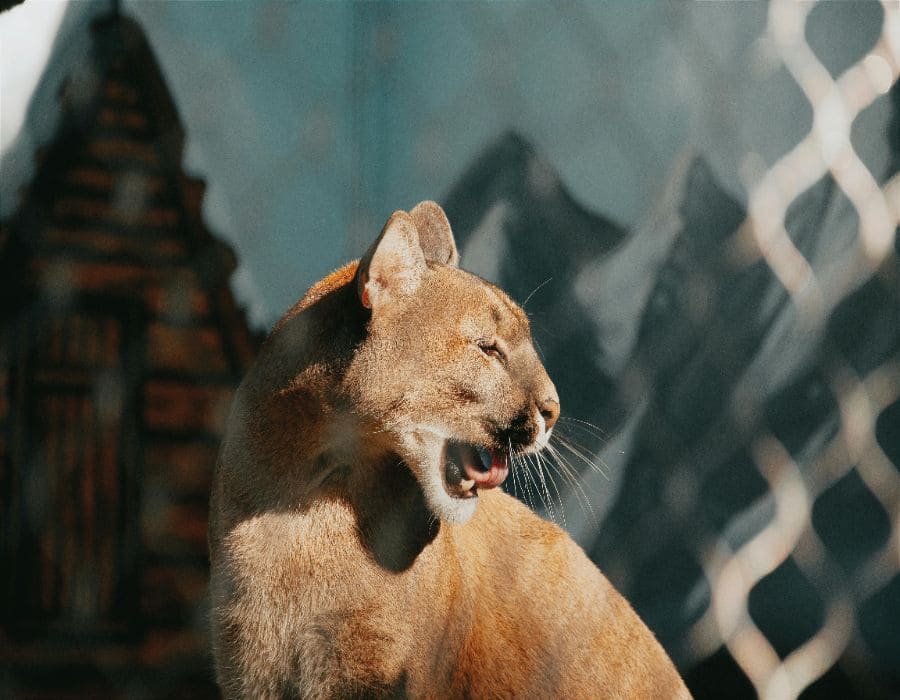
You won’t hear a lion’s roar, but mountain lions make eerie screams, yowls, and chirps. Their cries during mating season sound more haunted house than jungle king.
They’re strict soloists
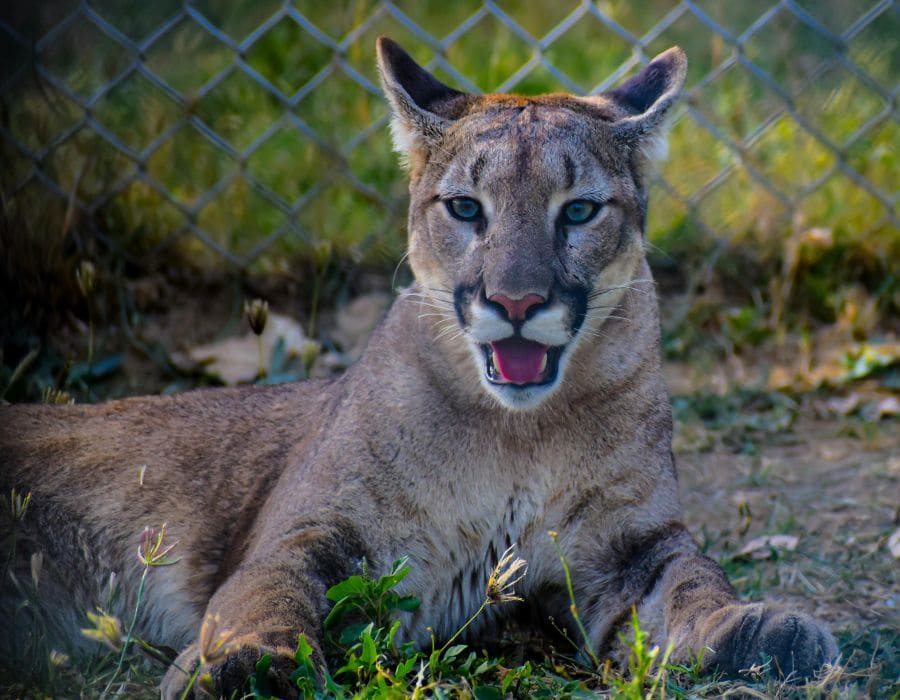
Except for mating or mothers with cubs, mountain lions live, hunt, and nap alone. They’re not into cliques, packs, or any form of social networking.
They stash their snacks

After making a kill, mountain lions often hide leftovers under leaves, sticks, or snow. It’s their natural refrigerator—and helps them avoid uninvited dinner guests like bears or coyotes.
They’re crepuscular hunters

Like their bobcat cousins, mountain lions prefer dawn and dusk. Hunting at twilight lets them stay stealthy while their prey is groggiest and visibility is low.
They can swim, but prefer not to
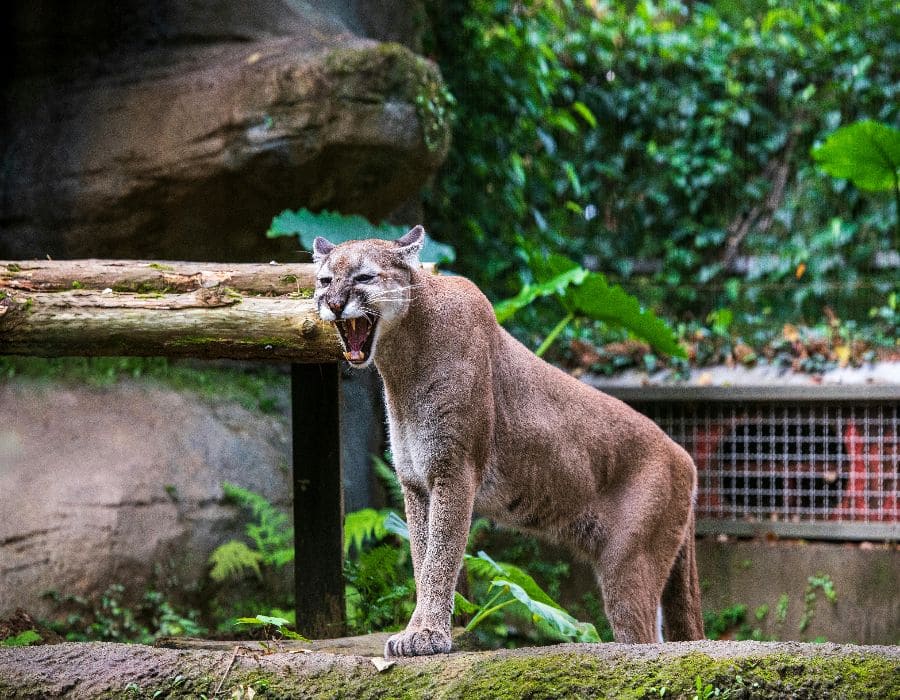
While mountain lions can paddle when needed, they’re not fans of swimming for fun. If they’re crossing a river, you know they really want what’s on the other side.
They need huge home ranges
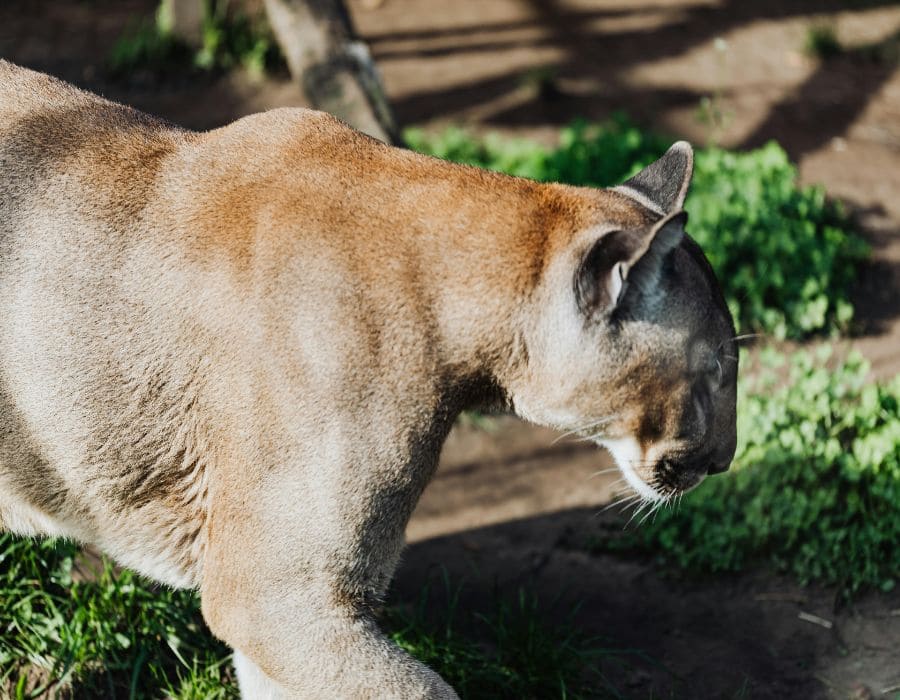
A single male mountain lion may patrol up to 150 square miles. That’s one giant neighborhood, and intruding lions are definitely not welcome without an invitation.
They’re still expanding eastward
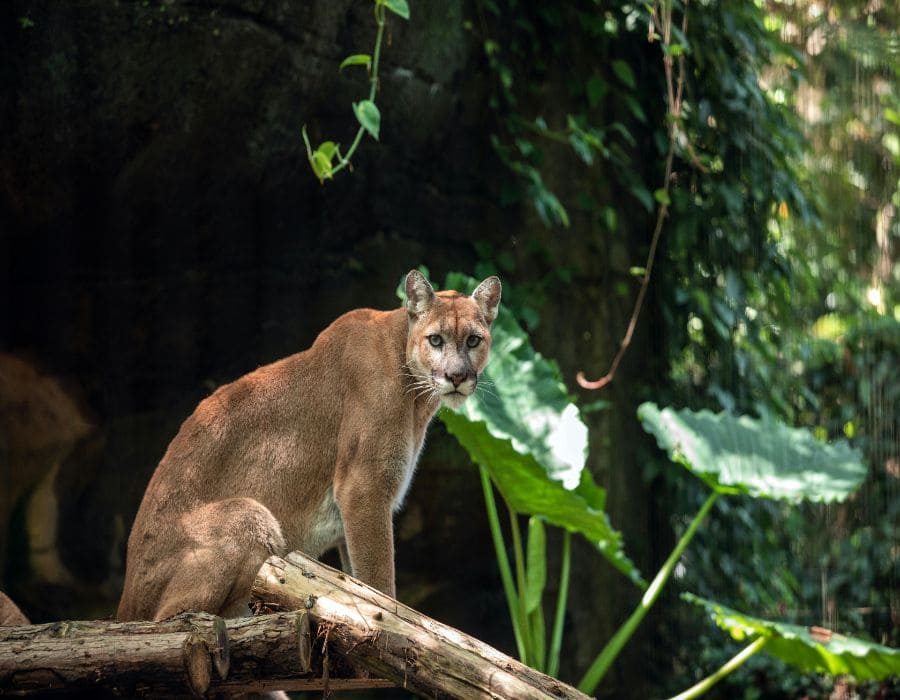
Mountain lions were nearly wiped out in much of the U.S., but sightings are increasing in Midwest states. Their slow comeback proves these cats are stealthy survivors with serious wanderlust.
They’re expert tree climbers

These big cats aren’t just ground hunters—they’re agile climbers too. They can scale trees to escape danger or nap in peace, often without so much as a rustle.
They’re often misidentified

Large dog? Awkward deer? Mountain lions are masters of mistaken identity. Their silent, low-profile movement often leaves people wondering if they *really* saw what they think they saw.
They play a key ecological role

As apex predators, mountain lions help keep deer populations in check, which protects vegetation and even reduces car accidents. They’re nature’s quiet enforcers—no badge needed.
Big cat, bigger mystery

Mountain lions are the definition of silent power. With every fact uncovered, their mystique only deepens. One thing’s clear: these cats aren’t just survivors—they’re legends in motion.

